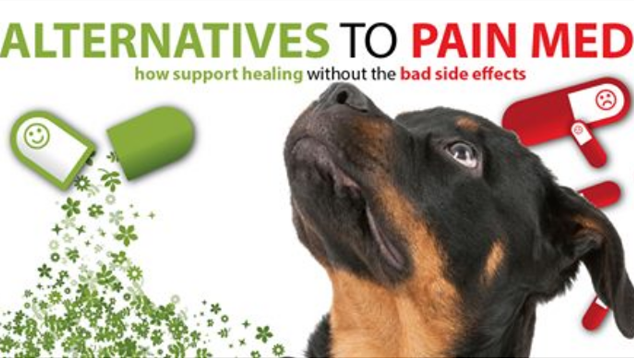Fatty Acids : Meaning, Usage For Allergies And Skin Problems In Dogs
Written by: Anastasia Spevakina
For years owners of dogs gave their pets fatty acids to turn a dull, dry coat into smooth and glossy. Recently, veterinarians have found that fatty acids play an important role in other areas as well, for example, skin allergies, inflammation and improving the function of internal organs in dogs.
What are fatty-acids?
Fatty acids are a specific type of polyunsaturated fat. Two major classes of fatty acids: omega-3 and omega-6.
What fatty-acids our dogs need?
Animal organism can produce certain types of fatty acids, but not all. Those acids, which are not produced by the body, but must be contained in the diet, are known as essential fatty acids. If the dog has obesity and keeps a diet with limited fats, he can start having deficiency of fatty-acids.
Sources of fatty-acids
Fatty acids can be contained in the fat, but in very different quantities. For example, beef tallow contains a very low percentage of fatty acids and if you feed your dog with beef all the time, it’s not enough. There are essential fatty acids in many plants and fish from northern waters. Other fatty acids in large amounts are found in some plants and crops.
Omega 3 fatty-acids: fish oil (fat of salmon, herring and mackerel) and flax oil. Omega 3 fats are very unstable and should be kept in cool places away from daylight and oxygen.
Omega 6 sources: sunflower and corn oil, chicken fat, pork fat and tuna.
How to understand that your dog suffers from lack of fatty-acids ?
Quality of the dog’s fur can determine whether it receives a sufficient amount of omega 6 and 3 or not. The lack of essential fatty-acids is one of the main causes of dermatitis in dogs.
Treatment of diseases with fatty-acids
*The lack of omega-3 in the diet of dogs can cause growth retardation, eye problems, muscle weakness, poor coordination and even immune system dysfunction.
*The lack of omega-6 can lead to stunted growth in dogs and cause problems with the immune system, liver and kidneys.
Other symptoms of omega-6 deficiency are behavioral disorders, slow wound healing, dry skin, dull and brittle hair, hair loss and hyperkeratosis (actinic skin).
Allergies and autoimmune diseases: they occur when the immune system reacts too strongly to certain substances. Specific fatty acids can reduce the harmful effects of these diseases.
Omega 3 and omega 6 can help to reduce inflammation in such diseases as ulcerative colitis, inflammatory bowel disease and rheumatoid arthritis.
Vision. Omega-3 is necessary for the proper development of the iris and the visual cortex.
Heart diseases. Fatty acids help to prevent some heart diseases. For example, they help to reduce the risk of ventricular arrhythmia in dogs and lower blood pressure. Fatty-acids thin the blood, that’s why it’s also recommended to give them to dogs, which are prone to thromboembolism.
!Omega-3 slows down the development of metastases in certain types of cancer, but omega-6 stimulates tumor growth.
Be careful with the dosage of acids for dogs and consult the veterinarian before giving it to your pet.
Read Also : 15 Dogs That Don’t Look Like Dogs

